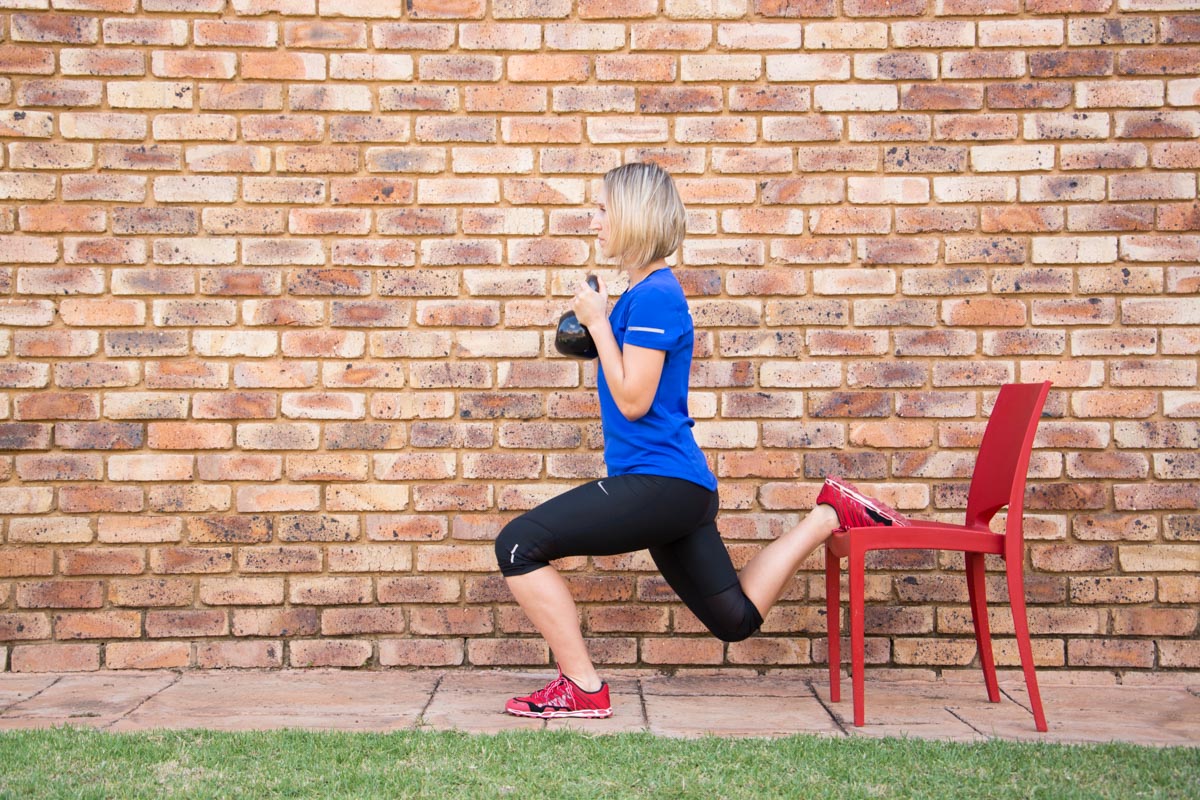Get Stronger, Run Longer

When you participate in a sport that requires you to run up and down mountains, you very quickly learn that strength, not speed is what helps you go the distance. Because of the demands of trail running, we need powerful glutes and arms to drive us uphill, strong quads to resist kilometers of downhill and a rock-stable core to rule them all.
Trail runners should master Strength Training (ST) for 2 reasons:
- Injury Prevention and
- Running Performance.
Strength Training for Injury Prevention:
ST is one of the most effective prevention strategies for running injuries and also the most underutilized. By introducing ST into your normal running program, you can decrease your risk for overuse injury by almost 50%. The illustration below explains how ST prevents injury at different tissue structures.

Trail takeaway: The stronger you get, the better your tissues will be able to resist the stresses applied during running. This means we can run longer, race harder and climb more mountains before tissue breakdown occurs.
Strength Training for better Running Performance and Economy:
Most runners believe they can improve their running performance and economy by running more. The more you run the better you get, right? This is true but as we adapt we gradually get used to the stimulus of running and performance will plateau unless we introduce a more challenging stimulus. Strength training provides that stimulus, challenging our tissues to adapt again. Physical therapist Jay Discharry sums it up:
“Weight training requires the runner to produce forces well above those seen during running. It’s possible to activate a very high percentage of a runner’s muscle mass, with minimal physiological fatigue. It’s a great training tool to better develop the runner.”
Upgrade your Muscle Recruitment for more Power.
Strength training not only builds muscle but also improves the communication between the brain and muscles, resulting in better neuromuscular recruitment. ST will improve your ability to:
- Recruit more muscle fibers for more powerful muscle contractions.
- Recruit synergistic muscles in synchronization for better skill performance.
- Recruit muscles at a faster rate.
Trail takeaway: Better muscle activation will give you access to more of your muscle fibers, resulting in greater power and speed. Your leg muscles will fatigue at a slower rate, resulting in improved endurance and lower risk of cramping. Better synchronization and faster contraction response will sharpen your coordination for technical trail running.
Running Economy and your Free Energy System.
Running Economy (RE) is measured by how much oxygen you use while running at a certain pace. During running, the tendons in your lower legs act like springs by storing elastic energy during landing and releasing the built-up energy during push off. This mechanism is called elastic recoil and serves as a ‘free energy system’ that drives you forward, decreasing the workload of the muscles. ST increases the stiffness of tendons, enhancing their capacity to store and release free energy, as a result, the muscles are doing less work and consuming less O2, resulting in better RE.
Trail takeaway: Better RE is related to superior running performance in distance running.
Happy Running
Tarrin
